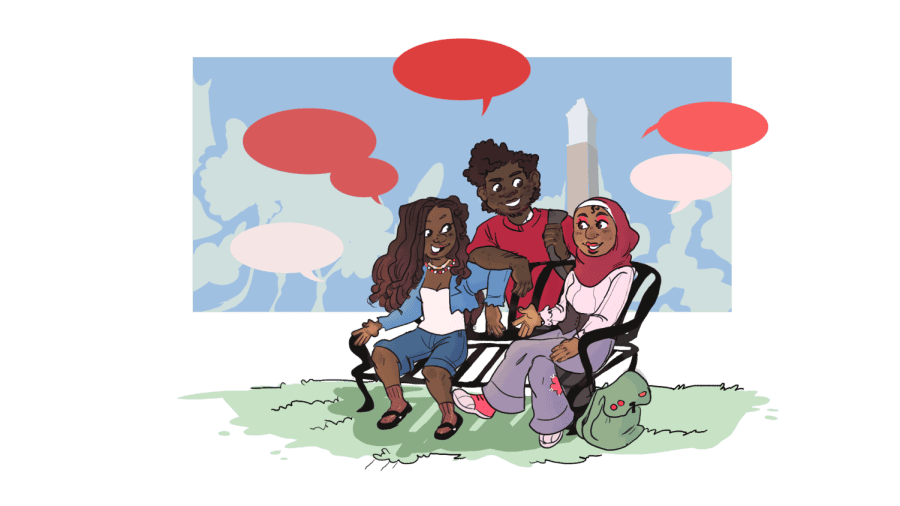Find your place: communities and resources for minority students
October 20, 2022
As of fall 2022, 8,542 students at The University of Alabama identify as an ethnic or racial minority. While there are many identity-based organizations to join, resources readily available to students and faculty/staff, and even a place to report incidents of discrimination and other forms of misconduct, minorities still face struggles on campus.
One example is a history professor deciding to use a stereotypical slave voice during a lecture on the southern antebellum era. When you’re the only Black student in the room, that isn’t exactly the most positive or welcoming experience.
It’s also not encouraging to have people yell offensive things at you while walking with your friends at night.
Some will argue that it’s just a couple of people creating those kinds of issues, but when the majority of minority students have had similar experiences it means one of two things. Either those couple of people are really efficient, or it’s a real and systemic problem that needs to be addressed.
Every student has a story to tell and no two are the same. However, a constant among minority students is having difficulty finding their place on campus once they arrive.
At the University, students of color have different experiences. Some feel as though they are in the right place and others feel like outsiders. Being at a predominantly white institution brings many opportunities, but finding your place in college can be a challenge.
For minority students, it might feel like it is hard to achieve that goal but it is not impossible. There are ways to feel included on campus. You can join clubs with people that share the same interest as you. Clubs are a great way to make friends and become involved in the community. Greek life is also very big on campus which can create lifelong bonds. It is all about finding a community as a college student.
Out of the 600 plus student organizations at the University, a handful are specifically tailored to Black and other minority students, such as the Black Student Union, the Hispanic-Latino Association and the Asian American Student Association. These organizations can be beneficial not only as spaces to talk to others with similar stories and challenges, but also for networking and mutual connections that will be helpful later on.
Being a student of color means that you are in the minority. It means that you will experience things that many of your peers will not. It does not mean that you won’t enjoy your time here as a student, though. You can make the best of your college experience just like at any university.
Students of color here have shown their culture through clubs and events like Onyx which the Black Student Union hosts every year. They have been able to take Black politics classes where they are able to advocate for themselves and others. Students have the opportunity to run for positions to be heard on campus and make a difference.
The opportunities are endless for students of color because we are able to be a voice for not only ourselves but our community as well.
While there is still a lot of work to be done, we’ve created communities for ourselves and consistently worked to show we deserve to be here just like our white colleagues. From Autherine Lucy Foster, to James Hood and Vivian Malone, and to the students now, we are here yesterday, today and forever.





















